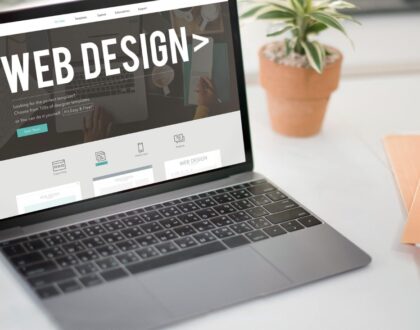A Comprehensive Guide to Logo Design

When describing logo design, we can categorize various logos based on their visual characteristics and elements.
Introduction
A logo is more than just a simple image; it’s represents a brand’s identity. It’s the first thing customers often see, which can significantly impact their perception of the brand. This guide will walk you through creating a logo that effectively communicates your brand’s values and personality.
Understanding the Brand
Before you start designing, it’s crucial to understand the brand. What are its values? What is its personality? What does it want to communicate to its audience? Answering these questions will help guide your logo design process.
Research and Inspiration
Look at logos from other companies in the same industry. This can give you a sense of what works and what doesn’t. But remember, your logo design should be unique and not a copy of another brand’s logo.
Sketching and Conceptualizing
Start by sketching out your ideas on paper. This allows you to explore different concepts and ideas quickly. Don’t worry about making it perfect at this stage; the goal is to get your ideas out of your head and onto paper.
Feedback and Revision
Once you’ve created a logo, get feedback from others. This can help you see if the logo effectively communicates your brand’s identity. Be open to making revisions based on the feedback you receive.
Finalizing the Logo
After making any necessary revisions, you’ll have your final logo. But the work doesn’t stop there. You’ll need to create different versions of your logo (black and white, different sizes, etc.) to ensure it works in other contexts.
Here are some common types of logos:
- Wordmark or Logotype:
- A logo that consists solely of the company or brand name in a stylized typographic treatment. Examples include Coca-Cola and Google.
- Lettermark or Monogram:
- A logo comprised of initials or a few letters that represent the brand. Examples include IBM and NASA.
- Brandmark or Pictorial:
- A logo that incorporates a visual symbol or icon to represent the brand independently of the brand name. Examples include Apple and Nike’s Swoosh.
- Abstract:
- A logo that uses abstract shapes, forms, or patterns to create a unique and visually appealing representation of the brand. Examples include Adidas and Pepsi.
- Emblem:
- A logo that combines text and symbols within a unified shape or badge. Often used for organizations, schools, or government entities. Examples include Harley-Davidson and Starbucks.
- Mascot:
- A logo that features an illustrated character or mascot that embodies the brand’s personality and values. Examples include KFC’s Colonel Sanders and Pringles’ Mr. Pringle.
- Combination Mark:
- A logo that combines a wordmark or lettermark with a brandmark or pictorial element. This allows the name and symbol to work together or be used separately. Examples include Burger King and Lacoste.
- Responsive or Adaptive Logo:
- A logo is designed to be versatile and adapt to different contexts and platforms, such as responsive web design or mobile applications. Examples include Airbnb and Mastercard.
- Vintage or Retro:
- A logo designed with a nostalgic or vintage aesthetic, often featuring classic typography, textures, and colors. Examples include Jack Daniel’s and Coca-Cola’s retro logos.
- Minimalist:
- A logo characterized by clean, simple lines and minimal visual elements, focusing on basic shapes and typography. Examples include Nike and FedEx.
- Handcrafted or Hand-drawn:
- A logo is created using hand-drawn elements or typography, giving it a unique, personalized, and artisanal feel. Examples include Innocent Drinks and Ben & Jerry’s.
- Gradients and Colorful:
- A logo that features vibrant colors and gradients to create a visually striking and dynamic appearance. Examples include Instagram and Spotify.
These are just a few examples of the various types of logos. Each type has unique characteristics and design considerations, allowing brands to choose the style that best represents their identity and resonates with their target audience.
Conclusion
Designing a logo is a process that requires a deep understanding of the brand, creativity, and attention to detail. But the result—a logo effectively communicating your brand’s identity—is well worth the effort.
Remember, a logo is a crucial part of your brand’s identity. It’s worth investing the time and resources to get it right. Whether you’re a business owner looking to create a new logo or a designer looking to improve your skills, we hope this guide has been helpful. Happy designing!




